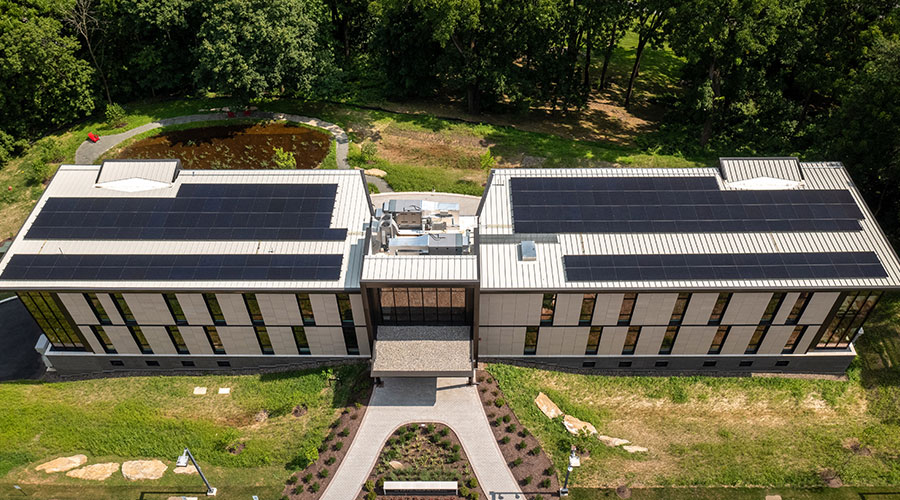Collect Written Roof Documentation
Most facility executives do not have comprehensive records about their roofs. Warranties are usually lost or misfiled. Often there are no overall records of the types of roof assemblies, dates of installation, repair records, or names of contractors or manufacturers. The first step in establishing a roof management program is collecting and organizing as many of the following materials as possible:
- Original building plans and specifications
- Roofing and reroofing proposals and contracts
- Warranties
- Leak records and reports
- Inspection records
- Repair and maintenance records
- Roof-related correspondence
In many cases, it’s a good idea to have the roof surveyed by a professional consultant knowledgeable in all types of roof assemblies and having the tools, equipment, and instruments necessary to assess the condition of the roof. Assembling these documents will lower the survey cost because the consultant will not need to duplicate existing data acquisition.
There are several types of roof warranties, and virtually all roof installations require one or more of these warranties as part of the construction contract. Roofing contractors usually issue two-year warranties against defects in workmanship and materials of all components covered in the construction contract, including sheet metal flashings. Roofing material manufacturers issue warranties of up to 20 years covering the roof membrane and materials provided by the manufacturer. Paying for repairs to a roof that could have been covered under a warranty is a very common excessive cost to owners.
Related Topics:

















